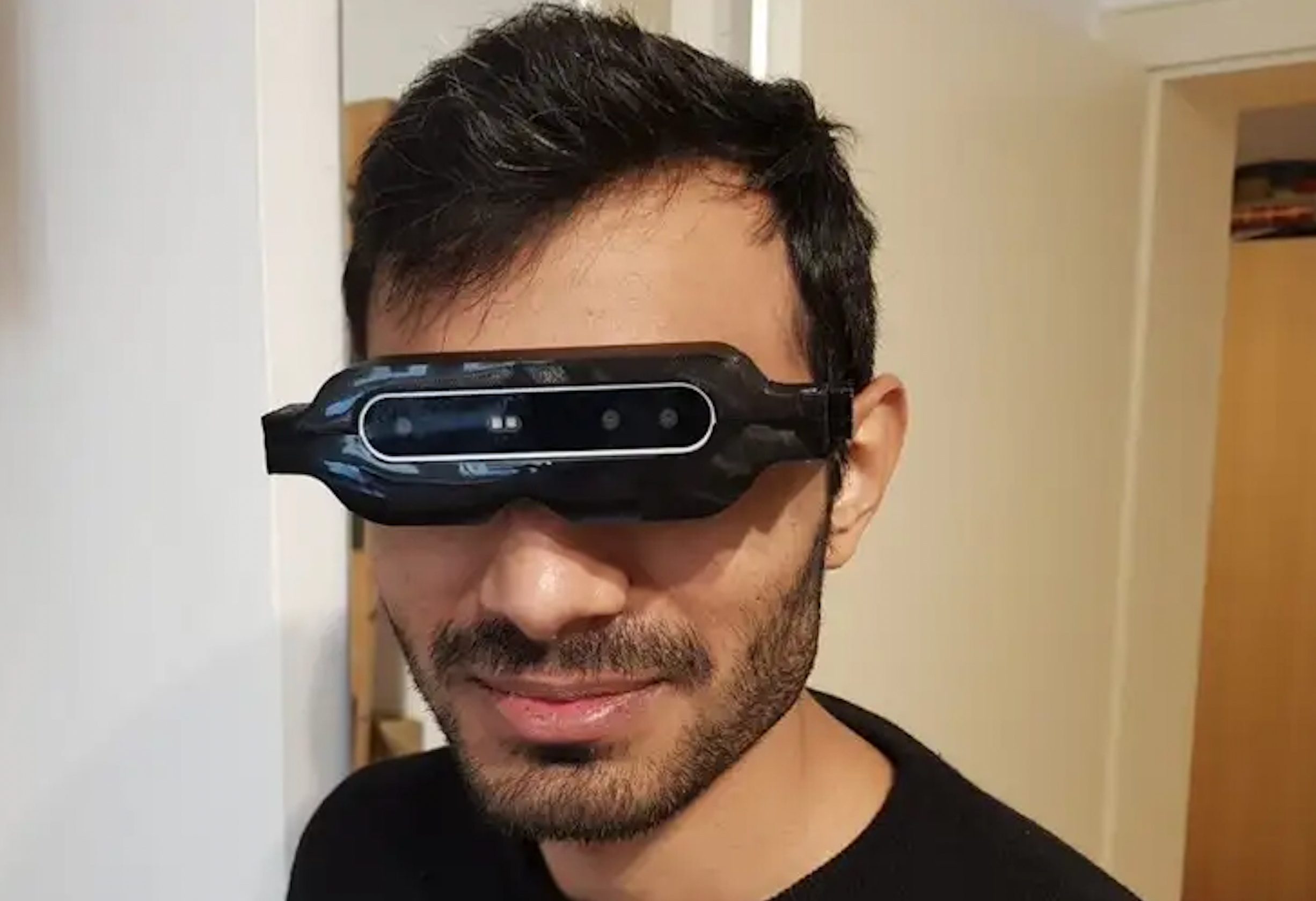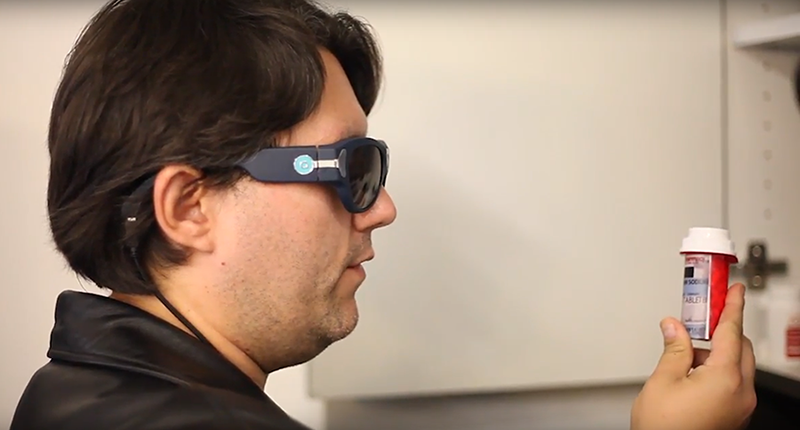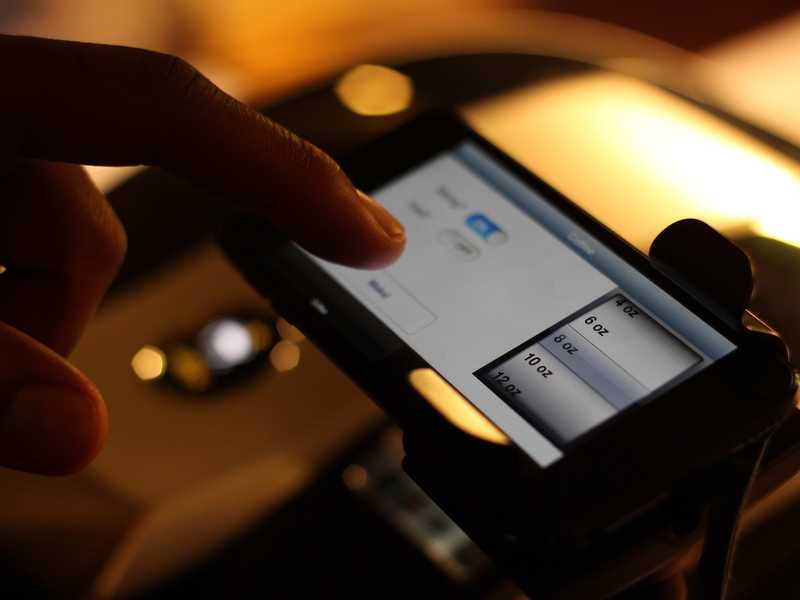OCR Devices for the Blind: Converting Text into Speech with Ease
OCR Devices for the Blind: Converting Text into Speech with Ease
Blog Article
Discover Cutting-edge Devices Created for the Aesthetically Damaged
The development of ingenious devices for the aesthetically impaired represents a substantial advancement in availability and self-reliance. Technologies such as clever glasses with AI abilities and mobile applications developed to provide acoustic summaries are improving everyday experiences for users.
Smart Glasses for Navigation

Smart glasses made for navigation are reinventing the method aesthetically impaired individuals engage with their setting. These sophisticated gadgets use a combination of electronic camera modern technology, expert system, and acoustic responses to provide real-time information concerning environments. By using challenge discovery systems, wise glasses can signal users to prospective risks, allowing more secure movement in both unknown and acquainted setups.
The combination of GPS innovation additionally enhances navigation capabilities, allowing customers to receive auditory instructions as they move. This hands-free method not only promotes freedom but likewise equips visually damaged individuals to browse urban landscapes with boosted confidence. In addition, many clever glasses are outfitted with functions that recognize spots and street indicators, supplying contextual information that enhances the user experience.
Furthermore, the development of these gadgets is continually progressing, with business working to improve the accuracy of object acknowledgment and broaden the variety of navigational features. As smart glasses come to be a lot more available and inexpensive, they hold the potential to dramatically change day-to-day live for visually impaired individuals. Ultimately, these innovative tools stand for a critical action toward inclusivity, offering boosted wheelchair and a greater feeling of autonomy for individuals browsing the world around them.

Mobile Application for Daily Living
How can mobile applications improve the every day lives of aesthetically damaged people? Mobile applications are changing the means aesthetically impaired customers browse their settings, manage everyday tasks, and accessibility info. These applications offer essential assistance via different functionalities, cultivating independence and boosting lifestyle.
Several innovative mobile applications are developed especially for day-to-day living. For instance, apps like Be My Eyes link aesthetically damaged individuals with sighted volunteers via video phone calls, enabling them to get real-time aid with tasks such as reviewing tags or navigating strange rooms. Likewise, Seeing AI, developed by Microsoft, makes use of synthetic knowledge to define environments, checked out text, and recognize objects, effectively transforming a smartphone into an effective device for everyday help.
In addition, navigation applications tailored for the visually impaired, such as Aira and BlindSquare, provide audio-based directions and environmental details, allowing customers to traverse their environments safely and confidently. Past navigating and immediate help, mobile apps additionally sustain company and job management, with functions that help customers establish suggestions, develop to-do checklists, and track consultations. In recap, mobile applications act as crucial resources, equipping visually damaged people to lead more independent and fulfilling lives.
Wearable Technologies for Aid
Empowerment with technology is increasingly evident in the world of wearable tools created to help aesthetically damaged people. These ingenious tools incorporate perfectly into life, enhancing navigation and supplying important feedback to customers. Clever glasses equipped with video cameras can review and acknowledge faces text aloud, permitting individuals to interact more with confidence in professional and social setups.
Another notable improvement is the usage of haptic responses systems in wearable see this site gadgets. These systems utilize vibrations or various other tactile signals to convey info about the user's environment, such as obstacles or changes in surface, boosting mobility and security. Wearable technologies also consist of wristbands that connect to smart devices, signaling individuals to alerts via subtle resonances, therefore improving connection without dependence on visual cues.
As these technologies continue to progress, they are not only boosting self-reliance for aesthetically impaired individuals however additionally cultivating a greater sense of inclusion in culture. By connecting the gap in between obstacles encountered in daily living and the possibility for freedom, wearable modern technologies act as essential devices in the quest for equality and empowerment for those with aesthetic impairments.
Audio Description Tools
Audio summary tools play an essential duty in boosting ease of access for visually impaired people, giving them with the capacity to involve with visual media. AI-powered visual aids. These tools use narrated summaries of key aesthetic aspects in films, television shows, and live performances, making sure that users can completely understand the context and emotions conveyed through visuals
Sound summary can be incorporated into numerous platforms, including streaming solutions, movie theater screenings, and live cinema. Lots of preferred streaming solutions currently consist of audio description as an ease of access feature, enabling visitors to select it quickly. Along with mainstream media, specialized apps likewise exist, giving audio summaries for art exhibitions, museums, and various other social occasions.
The performance of audio summary depends upon the ability of the storytellers, who must communicate visual browse this site details succinctly without interfering with the original audio. Developments in this field are likewise leading the way for more individualized experiences, where individuals can adjust the level of detail and pacing according to their choices.
Braille Innovations and Devices
Braille advancements and devices have considerably changed the method aesthetically impaired individuals connect with text and info. Modern developments have actually resulted in the growth of versatile devices that improve proficiency and freedom among individuals. Especially, Braille display technologies have actually developed, permitting for vibrant reading experiences. These devices transform electronic message right into Braille, making it possible for users to access a large variety of details on tablets, computer systems, and smart devices.
Moreover, portable Braille notetakers combine conventional Braille input with modern functionalities, facilitating note-taking, organizing, and record editing and enhancing on the move. Screen readers for the blind. These small devices usually include text-to-speech capabilities, connecting the void between Braille and auditory details
On top of that, cutting-edge Braille printers have arised, permitting individuals to produce Braille tags, files, and educational products successfully. This access cultivates better engagement in academic and professional environments, ultimately advertising inclusivity.
In addition, research study into clever Braille innovations remains to broaden. Instruments that integrate expert system are being explored to give real-time navigating support and contextual details, improving the customer experience in diverse settings. In general, these advancements mirror a commitment to encouraging visually damaged people through technology, ensuring they can quickly accessibility and engage with the world around them.

Final Thought
The improvement of ingenious devices for the aesthetically damaged considerably improves self-reliance and high quality of life. Smart glasses, mobile applications, wearable innovations, audio description tools, and Braille advancements collectively empower individuals by supplying necessary navigating support, environmental awareness, and enhanced analysis experiences. These modern technologies not just foster higher addition but additionally promote freedom in day-to-day activities, ultimately adding to a much more equitable and accessible society for visually impaired people. Proceeded advancement in this field holds assurance for more improvements.
As wise glasses end up being much more accessible and economical, they hold the potential to significantly change daily life for aesthetically impaired individuals. Mobile apps are revolutionizing the method visually impaired users browse their atmospheres, take care of daily jobs, and access info. Applications like Be My Eyes link aesthetically impaired individuals with sighted volunteers using video phone calls, enabling them to obtain real-time help with jobs such as reviewing labels or navigating unknown spaces.Furthermore, navigating applications tailored for the aesthetically damaged, such as Aira and BlindSquare, offer audio-based directions and environmental info, funky glasses enabling users to traverse their surroundings securely and with confidence.The innovation of innovative devices for the aesthetically damaged considerably improves freedom and quality of life.
Report this page